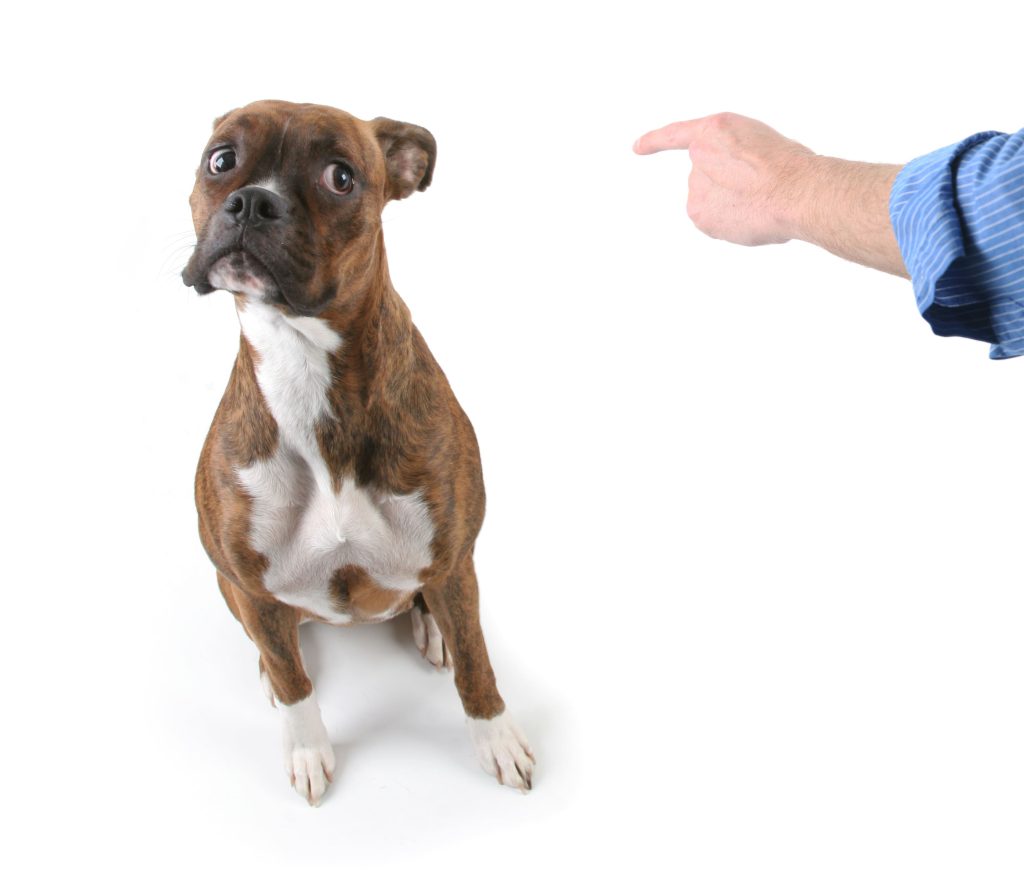Cues vs Consequences - Why Dogs Listen or Don't

Getting your new dog to understand what you’re asking them to do can be frustrating. Although we all wish dogs could speak the same language as humans, we’re stuck trying to teach them basic commands during training.
So how do we get our pups to connect commands to actions? Is it about the tone we use or the specific word we say?
Understanding Operant Behavior
Operant behaviors are voluntary behaviors that your dog takes: sitting, walking somewhere, laying down, and more. Before you begin training your dog, you have to learn the ABCs of operant behavior:
- Antecedent: setting the stage for the behavior to happen
- Behavior: what the dog does
- Consequence: what happens as a result of the behavior
In this context, “consequence” can be positive or negative.
Each time your dog is presented with an antecedent, it will have a few moments to decide whether they want to take action. It’s best to use positive reinforcement to encourage the behaviors you want your dog to repeat.
On the other hand, it’s essential to be strict with your dog, especially when they’re a puppy starting their training. Puppies do a LOT of cute stuff, but they also do a lot of naughty things. It can be tempting to want to giggle at your puppy the first time they do something wrong because it’s so darn adorable, but remember that you’re reinforcing bad behavior.
For example, you cook steaks for dinner and leave them on the countertop to rest before you cut into them. When you go into the other room, your dog catches a whiff of the medium-rare steaks. They decide that those look yummy, so they jump up onto one of the chairs and start eating the steak off of the counter. You walk in while they’re scarfing it down, but instead of chastising your pup right away, you start laughing and taking a video. The dog doesn’t experience any consequences (positive or negative), so the next time you leave dinner on the counter, they may be tempted to have a taste.
But the good news is that you can use these ABCs to teach your dog new tricks. This is why it’s helpful to train your dog with treats in hand. If they associate following a command with a treat and praise, they’ll be more likely to follow a command the next time you say it.
While training your pup, the antecedent will be the command you give them. If the behavior they take is the action you’re looking for, you can reward them with a treat. The more you repeat the command, behavior, and treat, the faster they’ll recognize the command and the more they’ll listen to you.
Changing the Circumstances
Once your pup has the basics down in a controlled environment, you can gradually begin changing the circumstances. You can bring them out to a dog park to practice commands when they’re more likely to be distracted or move to more complex commands.
The more the circumstances change, the harder it will be for you to get your dog to listen to you. Telling your dog to come to you at home is easy because they know that you’re going to give them a treat or toy. But if you’re out at a dog park, telling them to come to you might mean that it’s time to go home when they don’t want to stop playing.
Whenever you change the circumstance, the best thing you can do is to ensure the consequence stays positive for positive action. When you ask your dog to come to you at the dog park, do something exciting with your dog before you load them up in the car. Maybe you play with a tug toy or give them a few treats. Either way, they’ll be more compelled to come to you.
When It’s Time to Consult a Professional
As you can probably tell, training a dog is a lot like trying to teach a toddler. And if you’re a first-time dog owner, it can be difficult not to feel overwhelmed when your dog isn’t listening.
The good news is that plenty of professionals out there can help you train your dog while teaching you the best methods for positive reinforcement. But it’s crucial to note that you can’t just put your dog through a training course and be done with it; you’ll have to practice commands outside of class continuously.
Our trainers at Ruffgers Dog University are kind, patient, and prepared to help you teach your dog some new tricks. If you want to get a feel for how we work with our four-legged students, watch some of our training videos. Check out our course schedule or contact us to learn more about the classes we offer.